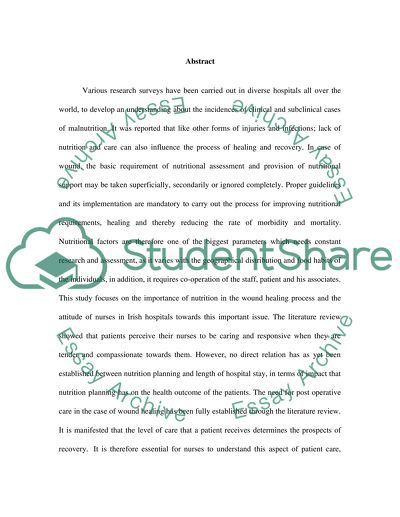Cite this document
(“Nurses Attitudes to the Importance of Nutrition Research Proposal”, n.d.)
Nurses Attitudes to the Importance of Nutrition Research Proposal. Retrieved from https://studentshare.org/health-sciences-medicine/1530247-nurses-attitudes-to-the-importance-of-nutrition
Nurses Attitudes to the Importance of Nutrition Research Proposal. Retrieved from https://studentshare.org/health-sciences-medicine/1530247-nurses-attitudes-to-the-importance-of-nutrition
(Nurses Attitudes to the Importance of Nutrition Research Proposal)
Nurses Attitudes to the Importance of Nutrition Research Proposal. https://studentshare.org/health-sciences-medicine/1530247-nurses-attitudes-to-the-importance-of-nutrition.
Nurses Attitudes to the Importance of Nutrition Research Proposal. https://studentshare.org/health-sciences-medicine/1530247-nurses-attitudes-to-the-importance-of-nutrition.
“Nurses Attitudes to the Importance of Nutrition Research Proposal”, n.d. https://studentshare.org/health-sciences-medicine/1530247-nurses-attitudes-to-the-importance-of-nutrition.


